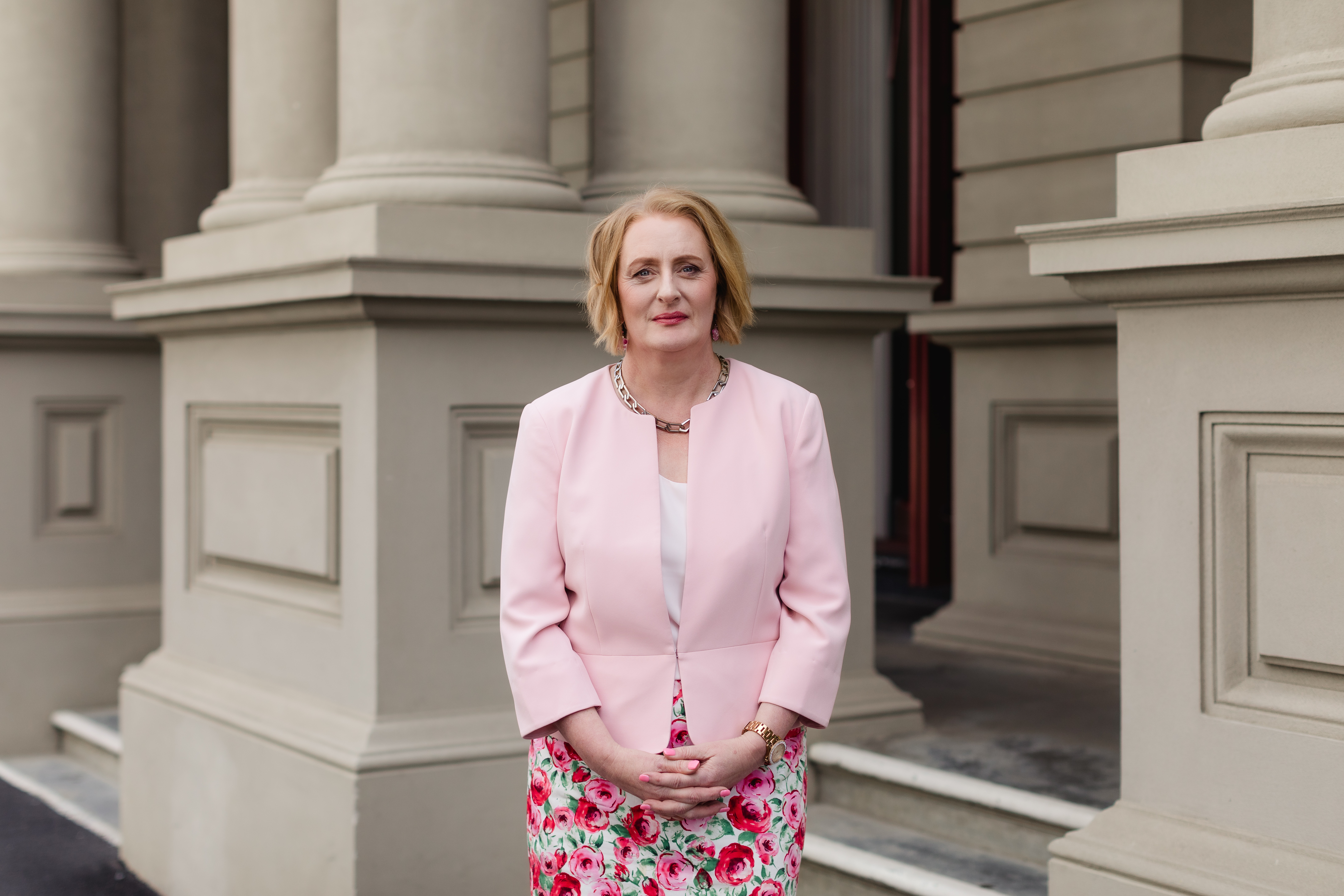Gráinne’s update – August 2020
Published: August 13, 2020
Chief Executive Gráinne Moss acknowledges our response to the change in COVID-19 alert levels. Also in this update she talks about our new ways of working, and our commitment to making change, with iwi and Māori leading the way.

Tēnā koutou katoa
Thanks for taking the time to read this update. I know you’re busy and there is a lot going on right now, but your continued interest and passion for children and their families and our work is always appreciated.
Our COVID-19 response
As the country adjusts to the alert level changes, and the uncertainty this brings, I want to reassure you that we are well-prepared and know what to do.
We’re an essential service and our commitment to supporting any child whose wellbeing is at risk is more important than ever. We need your help to do this. Please know we’re here if you need us for help and advice.
For the latest updates on our response, please visit our website. Further information on the Government's response can be found on the Unite Against COVID-19 website.
Listening to feedback
We’re in the midst of important learning, with ongoing reviews of our practice in relation to unborn and newborn pēpi, the release of our first annual Section 7AA progress report and the start of the Waitangi Tribunal hearings.
I embrace these opportunities to continue to strengthen our practice, systems and cultural competency.
Changing and working differently
Change is hard and it takes time – and it needs to be done with iwi and Māori leading the way.
The good news is that we’re working differently and we’re seeing a difference and gaining more partners.
Last week we signed a strategic partnership with the Māori Women’s Welfare League, with the common goal being to reduce the number of tamariki Māori who come into care. This is our fifth strategic partnership agreement, and the first to be signed with a national Māori organisation.
One area we’re focusing on is early and appropriate engagement to prevent children and young people coming into care.
In the last three years, the number of children entering care has decreased by 44% - from 2,395 in 2017 to 1,227 this year. In the same period, the number of tamariki Māori entering care has decreased by over 50%.
The introduction of hui-a-whānau, iwi-led Family Group Conferences, more Māori social workers and specialist Māori roles like Kairaranga-a-whānau have helped to embed, and will continue to strengthen, the changes in social work practice that are needed.
If tamariki Māori can’t stay safely at home, we prioritise caregivers from their whānau, hapū and iwi wherever possible. The goal is to connect tamariki Māori in care to their whānau and whakapapa.
For 88% of tamariki in our care, being ‘in care’ means being at home, with whānau or a caregiver of the same ethnicity.
Seeing positive results
Behind every number we have to present is a whānau, a tamariki and a rangatahi. This is why it is so important to look at what is changing.
The numbers reflect a significant amount of work undertaken by all of the kaimahi and partners of Oranga Tamariki, and it’s encouraging to see the beginning of positive change. We’re committed to continuing to improve the way we work with whānau, hapū and iwi so we can do a better job to support the babies, children and young people who need it.
It has always been said that Oranga Tamariki can’t do this alone, our work must be done together with our partners and other agencies, and it is this collective work that is making a real difference – thank you.
Partnerships with Māori
We now have five strategic iwi partners, who collectively reach between 40 and 45% of tamariki Māori in care – and we have some more partnerships in development. Our shared goal is that tamariki Māori are thriving in the care and protection of their whānau, hapū and iwi.
Working with iwi and Māori partners, we’ve started to both co-design and deliver a number of new services that work for Māori, based on their aspirations for their tamariki and whānau. This includes new models of care with our Whānau Care partners.
Where to next?
We’re starting to see what’s possible when we come together in partnership with iwi to enable Treaty aspirations of Māori, and design services by Māori for Māori.
Our challenge now is to pick up the pace, continue to listen to our partners and take the action they want; shifting decision-making, services and resources to them, with a focus on early and intensive support for at risk tamariki and whānau.
Over the next twelve months we’ll focus on Māori-centred practice, whānau participation in decision making, and community-led responses.
With our partners walking alongside us on this journey we can achieve so much together – and I’m excited about what the future holds.
Ngā mihi nui ki a koutou katoa.
Gráinne Moss
Oranga Tamariki Chief Executive

